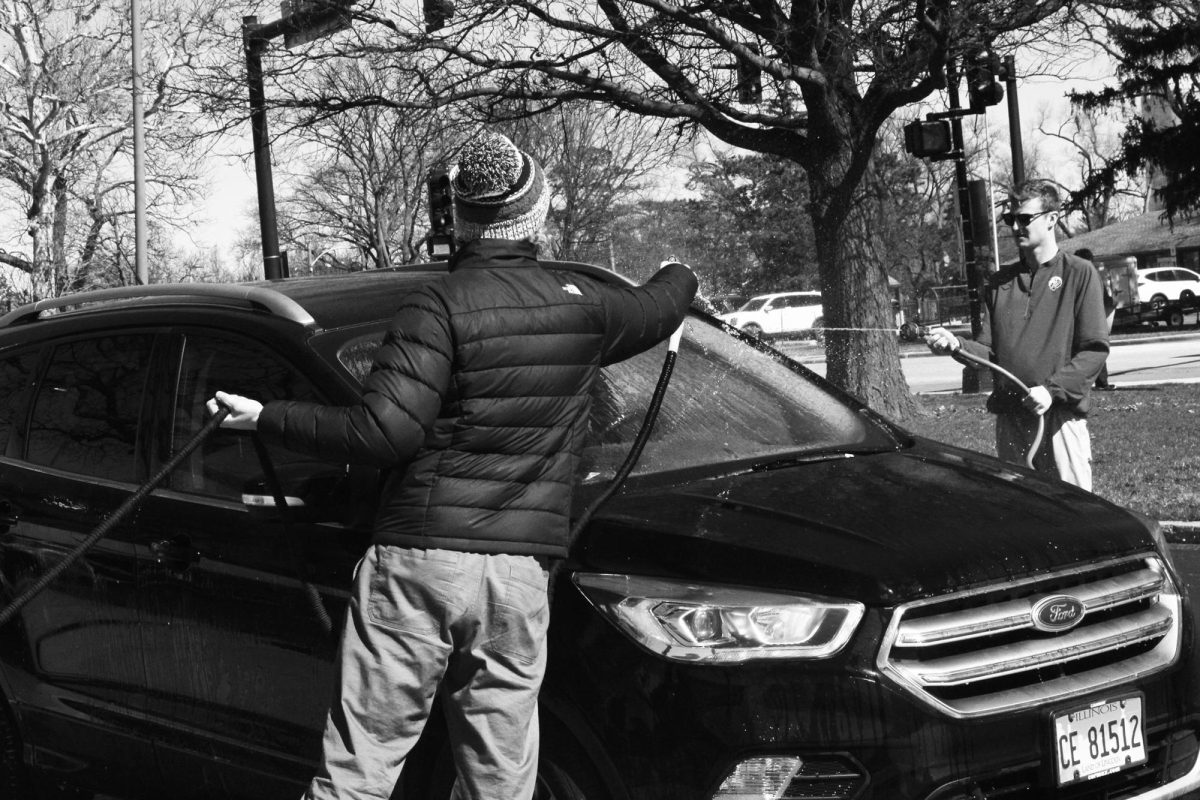Editorial: Deep Freeze
Position Statement: Although the tuition freeze at University of Illinois (U of I) is a step in the right direction to increasing Illinois resident enrollment, it fails to make the already high cost of attendance any more affordable and will not make the school more attractive to instate students.
April 10, 2015
As of Jan. 15, 2015, the University of Illinois board of trustees voted to freeze undergraduate tuition for the next four years at their present rates for the 2014-2015 school years. The tuition freeze comes as part of an effort to increase the number of Illinois residents attending U of I. While nine out of every 10 freshman attending the university used to be Illinois residents 80 years ago, according to the Chicago Sun Times, that number has dropped to seven out of every 10 students.
While this news might sound extraordinary, the implementation of the freeze is long overdue. Over the past 10 years, tuition at U of I has increased by more than an outrageous 71 percent. And at the current tuition rates for Illinois residents, which, according to US News & World Report are the sixth-highest in the entire United States, it’s no surprise that Illinois residents choose to attend college elsewhere, where the cost of attendance is significantly more attractive. Take, for example, the University of Alabama where non-resident students who have earned at least a 32 on the ACT and have a cumulative GPA of at least 3.5 receive a scholarship that covers the cost of tuition for four years of attendance. That’s an unbelievable deal, and while it only applies to non-Alabama residents, it goes to show that simply freezing tuition does not make the cost of attending U of I more attractive when compared to other schools across the country.
The rather gilded nature of this decision by the board is even more evident when you look at other costs it affects at the university. Deceivingly enough, this tuition freeze does not guarantee that the overall cost of attending U of I will remain constant. According to the Sun Times, both housing and general fees will increase at all three U of I campuses (Springfield, Chicago and Urbana-Champaign). Though increases in fees are relatively small, ranging from roughly one to three percent, they assure that the cost of attendance will not decrease, but will likely increase.
In that respect, the flaws in this plan should become apparent. It seems quite counterproductive to raise the cost of attendance for students who already find it too high when a school is trying to market themselves to those same students. Flaunting a tuition freeze while simultaneously raising other costs seems dishonest and resembles a practice one would expect to find at a used car dealership rather than at a world-renowned university.
It’d be naïve to say that college should be cheap, but choosing a school often comes to a question of affordability. No matter what school most students choose to attend, in today’s dreary economic climate, the cost of attending college will be ludicrous. If a school wishes to make themselves more marketable, however, it’s necessary that they lower the cost of attending their school. In a state as strapped for cash as Illinois, unfortunately, that requires sacrifice. Yet all of these sacrifices don’t have to be particularly trying. Take, for example, cutting the salary of the U of I football coach Tim Beckman, who makes roughly $2.2 million annually, and lead the team to a dismal 6-7 record last season.
While athletics and other extracurricular are a valuable part of the overall experience a university offers its students, students need to first be drawn into enrolling at that school to gain that experience, and cutting the cost of attendance is likely the most significant form of that persuasion.


















![Movie poster for [Rec] (2007).](https://www.lionnewspaper.com/wp-content/uploads/2023/04/rec-640x900.jpg)


